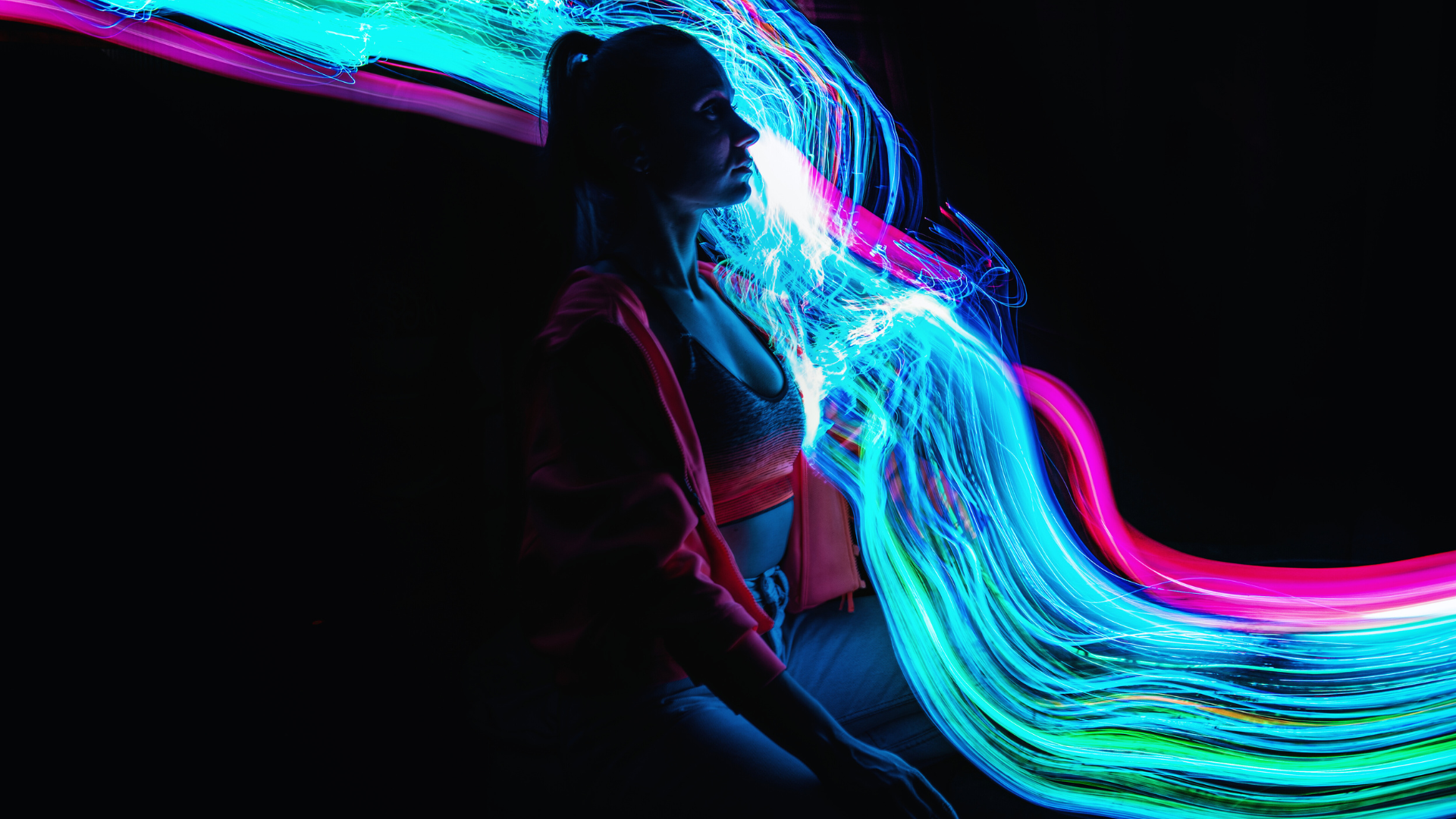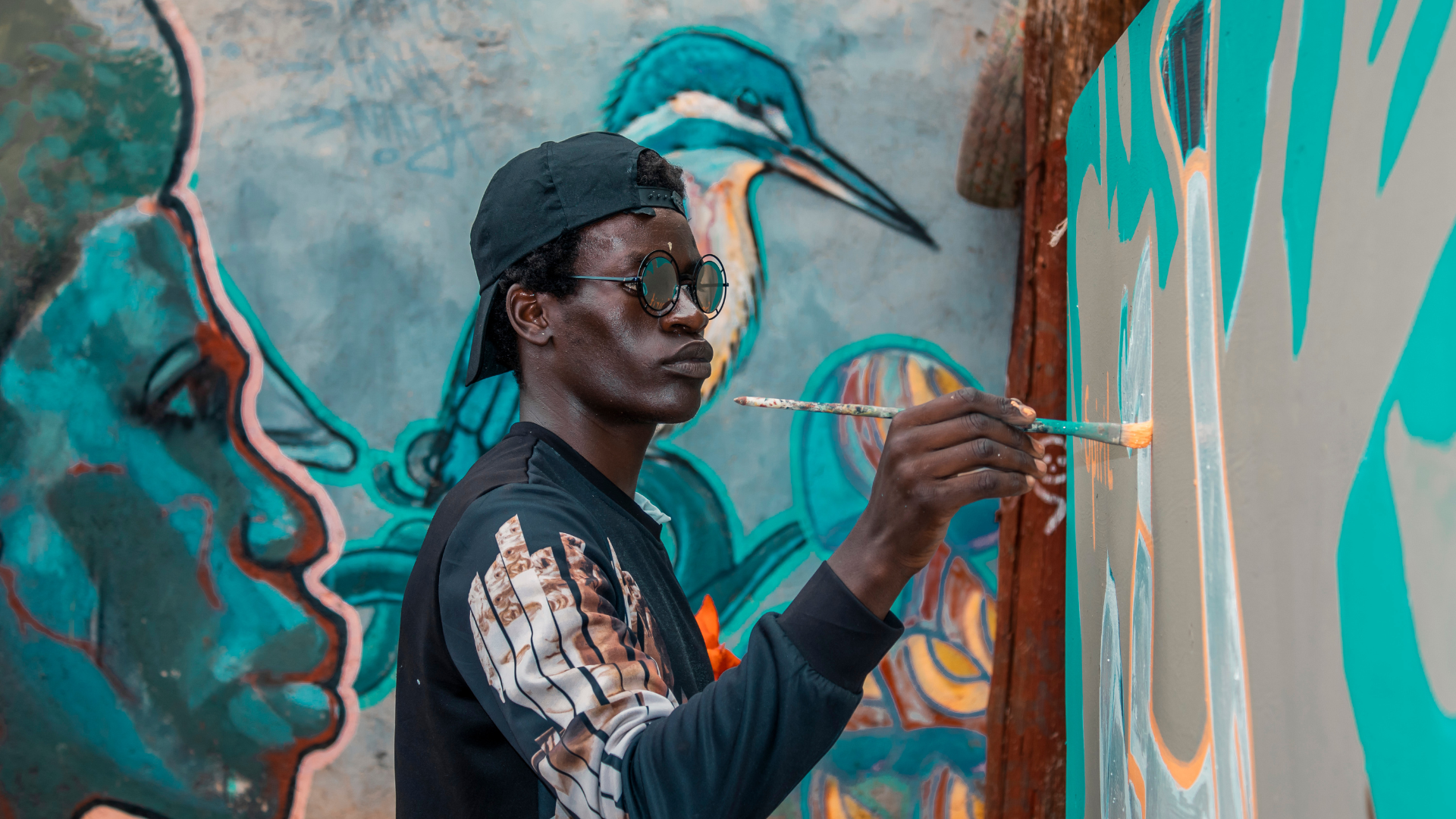The metaverse has become a transformative space for creativity, pushing the boundaries of how digital art is perceived and created. Digital art in the metaverse has evolved from simple 2D creations to immersive 3D environments that engage audiences like never before. This evolution reflects not only advances in technology but also shifts in culture and community dynamics, allowing artists to reach global audiences in unprecedented ways.
As artists explore virtual reality, augmented reality, and blockchain technologies, they create experiences that challenge traditional notions of art. The metaverse enables collaborative projects and interactive installations, fostering a sense of community among creators and viewers alike. This interconnectedness enhances the artistic landscape, making it a pivotal aspect of contemporary digital art.
With the rise of NFTs and various online platforms, digital art’s role in the metaverse is set to grow even further. The potential for artists to monetize their work and engage directly with fans offers exciting possibilities that were previously unattainable. As this digital frontier continues to expand, the impact on both art creation and consumption will undoubtedly reshape the future of artistic expression.
Foundations of Digital Art in the Metaverse
Digital art in the metaverse blends traditional artistic practices with modern technology. The foundations include the integration of art with emerging technologies and the development of immersive virtual environments.
Combining Art with Technology
The interplay between art and technology forms the bedrock of digital art in the metaverse. Artists harness tools such as computer software and hardware to create unique pieces that exist solely in digital formats. These creations often utilise artificial intelligence to generate complex visual outputs, pushing creative boundaries.
Moreover, artists can incorporate elements of augmented reality (AR) and virtual reality (VR), allowing audiences to interact with art in engaging new ways. For instance, installations using AR can enhance physical spaces, while VR art creates entirely immersive experiences. This combination not only expands the possibilities of artistic expression but also invites audiences to participate actively in the artwork.
The Rise of Virtual Realities
The advent of virtual and augmented realities has profoundly transformed how art is created and experienced. Virtual reality (VR) environments provide artists with a platform to build immersive worlds where viewers can move freely and interact with artistic elements. This evolution allows for a more profound emotional connection between the artwork and the audience.
Additionally, the rise of digital worlds has led to the emergence of virtual galleries and exhibitions, offering artists a global stage without physical limitations. Artistic events can now reach a diverse audience, breaking geographical barriers. Artists are embracing these technologies to explore new forms of creativity and audience engagement, establishing a new paradigm in the art world.
The Economics of Art in the Digital Realm
The integration of blockchain technology and cryptocurrencies has transformed the economics of digital art. This shift has introduced new ways of ownership, investment opportunities, and concepts of scarcity in digital assets.
Cryptocurrencies and Blockchain
Cryptocurrencies, particularly Bitcoin and Ethereum, serve as vital components in the digital art economy. They enable transactions without intermediaries, reducing costs and increasing accessibility for artists and collectors alike. The Ethereum blockchain is especially significant due to its support for smart contracts, which automate and secure transactions. This decentralised approach fosters a more transparent market for digital art, as all transactions are recorded on a public ledger, enhancing trust among buyers and sellers.
NFTs and Digital Scarcity
Non-fungible tokens (NFTs) have revolutionised the concept of digital ownership by establishing verifiable scarcity. Each NFT represents a unique digital asset, distinguishing it from other virtual goods. This scarcity is crucial in a realm where art can be effortlessly replicated. Artists can also programme royalties into NFTs, ensuring they receive a percentage of future sales. This mechanism promotes a more equitable system for creators, enabling ongoing financial benefits as their work gains value over time.
Investment and DeFi in Art
Investment in digital art is evolving, with many viewing it as a viable asset class. Decentralised finance (DeFi) platforms allow users to leverage their digital assets for loans or yield farming, further integrating art with financial ecosystems. Platforms like Foundation and OpenSea have become popular marketplaces, providing artists with exposure and collectors with diverse options. As the market matures, both individuals and institutions are increasingly looking to invest in digital art as part of a broader strategy, recognising its potential for appreciation in value.
Social and Collaborative Aspects
The metaverse fosters strong social interactions and collaboration among digital artists and communities. Key elements include community-driven development and interoperability, which enhance collaboration and creativity.
Community-Driven Development
Digital art in the metaverse thrives on community-driven initiatives. Platforms like Decentraland encourage artists to engage in collaborative projects. By sharing ideas and resources, they create an ecosystem where creativity flourishes.
Communities play a pivotal role in supporting artists. They provide feedback, mentorship, and networking opportunities. Events such as virtual galleries and exhibitions enable artists to showcase their work, gaining visibility within the community.
Tools and platforms often incorporate feedback from users, ensuring that developments align with the needs of artists. This approach not only enhances the artistic experience but also strengthens the community bonds among its members.
Interoperability and Collaboration
Interoperability between different platforms facilitates collaboration among artists across the metaverse. It allows seamless sharing of assets and experiences, enabling creatives to work together regardless of their chosen environments.
Web 3.0 technologies underpin these interactions. They offer decentralised solutions that maximise the exchange of art and ideas, promoting innovative collaborations. Artists can combine their works, tapping into each other’s unique styles to produce new, collaborative pieces.
In addition, cross-platform initiatives encourage diverse communities to connect. This promotes a rich tapestry of artistic expression, fostering a sense of unity. Collectively, artists can push the boundaries of digital art, redefining its place in the evolving metaverse.
Showcasing and Tradable Platforms
The emergence of the metaverse has transformed how digital art is displayed and exchanged. Virtual galleries provide immersive environments for artists to showcase their work, while marketplaces facilitate the trading of digital assets.
Virtual Galleries and Exhibitions
Virtual galleries allow artists to create immersive exhibitions showcasing their digital artwork. These galleries often feature customisable spaces, enabling artists to tailor the environment to complement their pieces. Platforms like Spatial and Decentraland have become popular by offering tools for creating these unique exhibitions.
Artists can engage visitors in real-time through live events and guided tours. This interaction enhances appreciation for the work and fosters a community of supporters. The 3D nature of these galleries also allows for a dynamic viewing experience unavailable in traditional settings. Moreover, they enable artists to reach a global audience without the constraints of physical locations.
Marketplaces and Trading
Digital marketplaces serve as platforms where users can buy, sell, and trade digital art. Platforms such as OpenSea and Rarible support the minting of non-fungible tokens (NFTs), representing ownership of unique digital items.
These marketplaces have streamlined transactions, allowing artists to retain control over their work. Smart contracts facilitate royalty payments, providing ongoing income for creators with each resale. The adoption of blockchain technology ensures transparent ownership and provenance of art pieces, enhancing buyer confidence.
Marketplaces cater to a diverse array of art styles, making it easier for collectors to discover emerging artists and established names alike. This environment stimulates both creativity and entrepreneurship within the digital art community.







